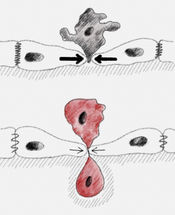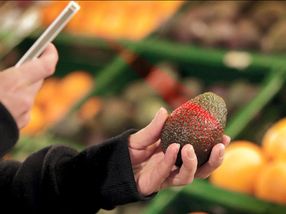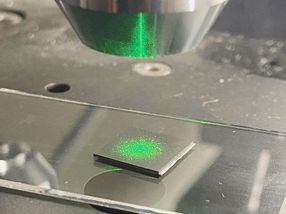How knots can swap positions on a DNA strand
Computer simulations show how two knots on a DNA strand can interchange their positions
Physicists of Johannes Gutenberg University Mainz (JGU) and the Graduate School of Excellence “Materials Science in Mainz” (MAINZ) have been able with the aid of computer simulations to confirm and explain a mechanism by which two knots on a DNA strand can interchange their positions.
For this, one of the knots grows in size while the other diffuses along the contour of the former. Since there is only a small free energy barrier to swap, a significant number of crossing events have been observed in molecular dynamics simulations, i.e., there is a high probability of such interchange of positions.
“We assume that this swapping of positions on a DNA strand may also happen in living organisms,” explained Dr. Peter Virnau of the JGU Institute of Physics, who performed the computer simulation together with his colleagues Benjamin Trefz and Jonathan Siebert. The scientists expect that the mechanism may play an important role in future technologies such as nanopore sequencing, where long DNA strands are sequenced by being pulled though pores. Long DNA strands of more than 100,000 base pairs have an increasing chance of knots, which is relevant for sequencing.
Original publication
Other news from the department science

Get the life science industry in your inbox
By submitting this form you agree that LUMITOS AG will send you the newsletter(s) selected above by email. Your data will not be passed on to third parties. Your data will be stored and processed in accordance with our data protection regulations. LUMITOS may contact you by email for the purpose of advertising or market and opinion surveys. You can revoke your consent at any time without giving reasons to LUMITOS AG, Ernst-Augustin-Str. 2, 12489 Berlin, Germany or by e-mail at revoke@lumitos.com with effect for the future. In addition, each email contains a link to unsubscribe from the corresponding newsletter.






















































